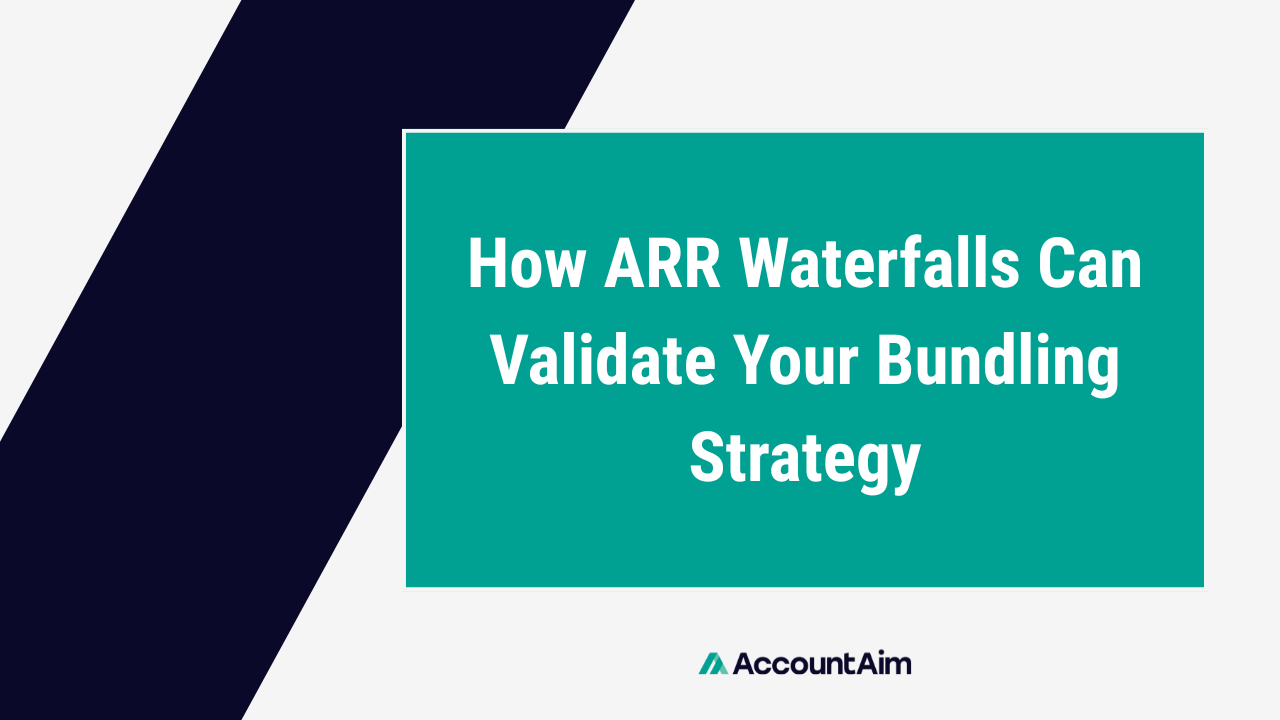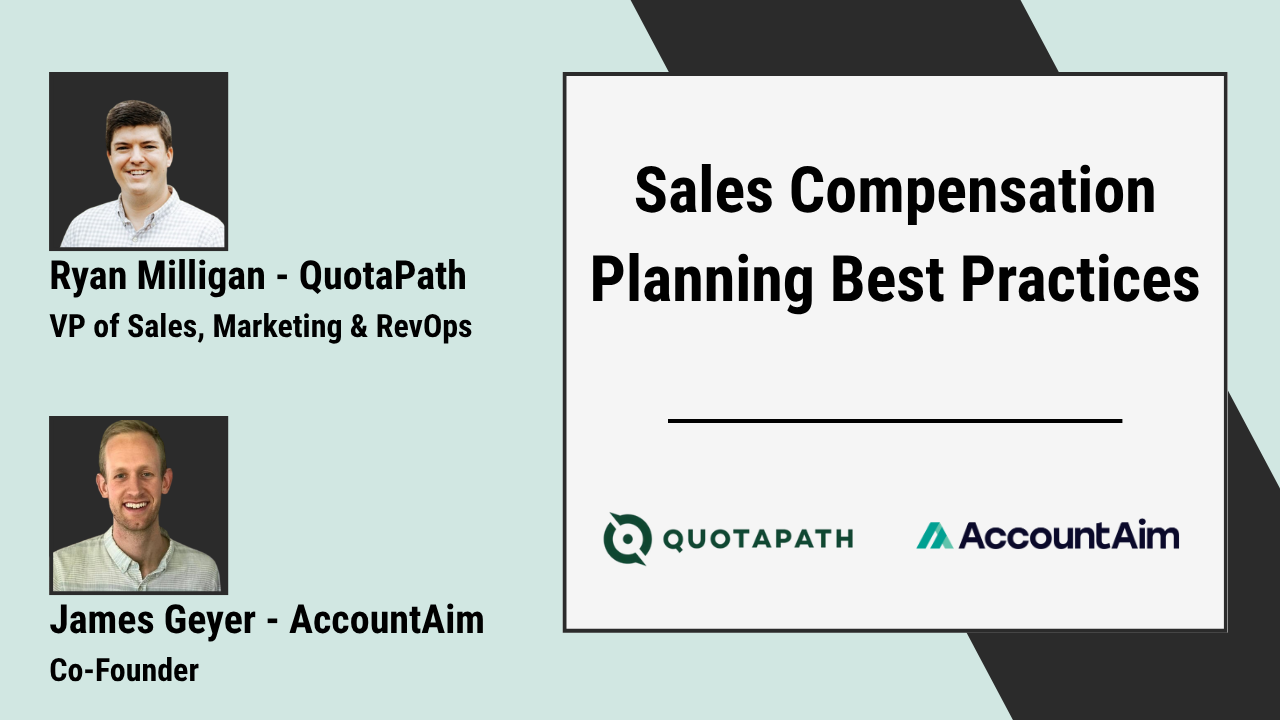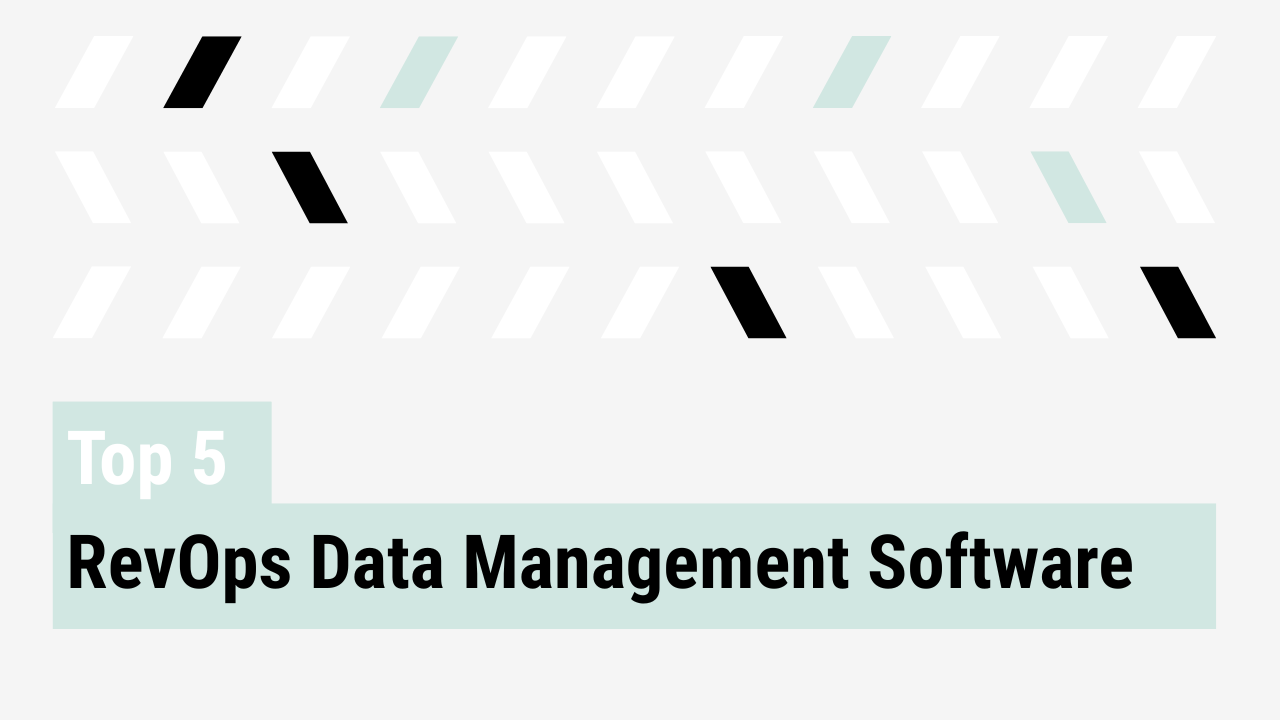Bundling is one of the most powerful levers GTM leaders can pull. Done right, it turns individual products into a platform story, creates deeper customer reliance, and should translate into stronger retention. The challenge is proving it. That’s where ARR Waterfalls and bundling strategy intersect. By analyzing ARR at the product level, you gain hard evidence of whether bundling delivers on its promise of retention and expansion, or simply obscures churn risk.
Why product-level ARR visibility matters
Customer-level ARR reporting tells you what happened, but not why. A customer who looks like a contraction overall might actually be expanding in one product while dropping another. Without product-level granularity, those signals are lost.
Product-level ARR Waterfalls solve this problem. By showing churn, contraction, upsell, and cross-sell at the SKU level, they reveal the real drivers of revenue change.
How ARR Waterfalls validate bundling
This is especially critical when evaluating bundles. Bundled customers aren’t just buying more, they’re making a bet that your products work better together. ARR Waterfalls let you test that assumption by comparing retention between single-product and multi-product customers.
“When you land with two products, you become a vital component of that company. Customers are stickier and they last longer. ARR Waterfalls make that visible.” – Will Sullivan, Predictive Analytics Partners
With this data, you can validate that A + B increases contract value and strengthens the customer relationship.
Strategic implications for GTM and RevOps leaders
ARR Waterfalls act as a common framework across functions. They allow GTM, RevOps, and Finance leaders to align on the same set of facts rather than competing narratives. This shared view is what gives ARR Waterfalls their strategic weight.
- RevOps can use ARR Waterfalls to provide a factual view of what’s driving retention.
- GTM leaders gain a sharper lens on packaging, pricing, and positioning, ensuring bundles are backed by evidence.
- Finance gets a framework that ties bundling directly to revenue efficiency and net retention, building alignment across the executive team.
This alignment turns bundling from a tactical sales lever into a strategic growth driver.
Implementation best practices
To unlock this level of insight, leaders need three foundational elements in place: disciplined data capture, reliable reporting infrastructure, and a method for comparing customer behaviors over time.
- Product-level contract data. Every SKU should be tracked as a distinct line item, not buried in a lump-sum booking.
- Automated waterfall reporting. Tools like AccountAim reduce spreadsheet work and enable real-time product-level views.
- Cohort analysis. Compare retention rates of single-product vs. bundled customers to quantify the impact of bundling.
Closing takeaway
Bundling shouldn’t be an act of faith. With product-level ARR Waterfalls, you can prove whether customers who buy A + B actually stay longer, grow faster, and deliver more value. For RevOps and GTM leaders, this transforms bundling from a hopeful strategy into a measurable growth engine.



